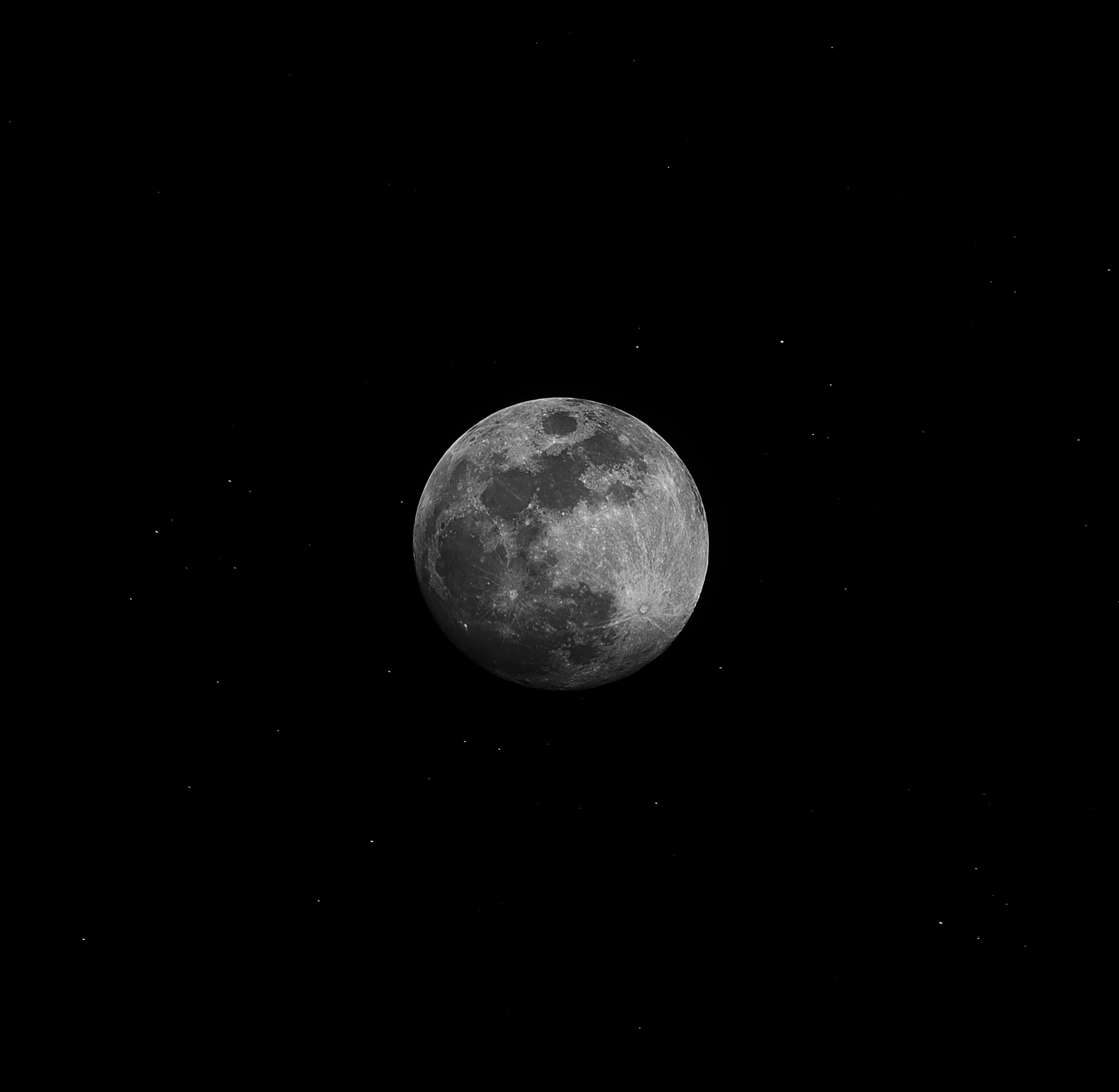Moon Phases and Deer Feeding Times: The Connection Explained
If you’re an avid hunter or wildlife enthusiast, you may have heard about the connection between moon phases and deer feeding times. While it may sound like a myth or old wives’ tale, there is actually scientific evidence to support this theory. In this blog post, we will delve into the fascinating relationship between moon phases and deer feeding behavior, uncover the reasons behind this phenomenon, and provide you with practical tips to optimize your hunting or wildlife-watching experience.
The Basics of Moon Phases
Before we dive deeper into the correlation between moon phases and deer feeding times, let’s take a moment to understand the basics of moon phases. The moon cycles through eight distinct phases over a 29.5-day period. These phases are:
- New Moon
- Waxing Crescent
- First Quarter
- Waxing Gibbous
- Full Moon
- Waning Gibbous
- Last Quarter
- Waning Crescent
Each phase represents a different portion of the moon that is visible from Earth. The moon’s illumination and position in the sky during these phases affect various natural processes on our planet, including tides, animal behavior, and plant growth.
The Link Between Moon Phases and Deer Feeding Times
Research conducted by wildlife biologists and experienced hunters has shown a direct correlation between moon phases and deer feeding times. During specific lunar phases, deer tend to alter their feeding behavior and become more active at certain times of the day.
Understanding the relationship between moon phases and deer feeding times can significantly improve your chances of encountering deer in the wild or targeting specific feeding periods while hunting. To help you better grasp this connection, let’s examine the two primary feeding patterns observed during different lunar phases.
1. Moon Phases and Nocturnal Activity
During the brighter phases of the moon, such as the Waxing Gibbous and Full Moon phases, deer tend to decrease their feeding activity and become more nocturnal. The increased illumination of the moon makes deer more cautious and less likely to venture out into open areas during daylight hours.
Deer have excellent night vision and prefer to feed in low-light conditions when they feel safer from predators. This shift in feeding behavior can be frustrating for hunters, as it often means fewer daytime encounters and reduced deer movement during peak hunting hours.
2. Moon Phases and Daytime Activity
Conversely, during the darker phases of the moon, such as the New Moon and Last Quarter phases, deer exhibit increased feeding activity during daylight hours. With less moonlight available, deer are more comfortable moving about and foraging during traditional hunting times.
The decreased illumination provides deer with a sense of security, making them more likely to visit feeding sites, explore new areas, and engage in regular feeding patterns during the day. This behavior shift presents an excellent opportunity for hunters to maximize their chance of encounters and successful harvests.
The Science Behind the Phenomenon
The relationship between moon phases and deer feeding times can be attributed to a combination of factors, including the moon’s illumination, visibility, and the impact on deer behavior. Let’s explore some of the key scientific reasons behind this phenomenon:
1. Lunar Illumination
As mentioned earlier, the brightness of the moon during specific phases affects the feeding behavior of deer. Brighter nights make deer more cautious and reluctant to expose themselves during daylight hours, leading to increased nocturnal activity.
2. Visibility and Predation Risk
Deer are highly sensitive to their surroundings, including potential predators. The darker phases of the moon reduce visibility for predators, increasing the chances of successful deer foraging during the day. With reduced predation risk, deer feel safer and more compelled to engage in feeding activities outside of their nocturnal tendencies.
3. Deer Biological Clocks
Deer have internal biological clocks that regulate their daily activities, including feeding. These biological clocks are influenced by various external cues, one of which is the moon’s position and illumination. Deer instinctively adapt their feeding patterns based on these cues to optimize their safety and survival.
Tips for Maximizing Your Opportunities
Now that you understand the correlation between moon phases and deer feeding times, you can use this knowledge to your advantage. Whether you’re a hunter or a wildlife enthusiast, here are some tips to help you optimize your opportunities:
| Tip | Description |
|---|---|
| 1. Study Moon Phases | Track the lunar calendar and familiarize yourself with the moon phases. This knowledge will allow you to anticipate deer behavior and plan your hunting or wildlife-watching outings accordingly. |
| 2. Focus on Darker Phases | Prioritize hunting or observing during the New Moon and Last Quarter phases when deer are more likely to be active during the day. This maximizes your chances of encountering deer and increases the likelihood of success. |
| 3. Be Mindful of Bright Phases | During brighter phases, adjust your hunting strategies to account for deer’s increased nocturnal activity. Consider scouting potential feeding areas during the day and positioning yourself for evening hunts. |
| 4. Utilize Moonrise and Moonset Times | Pay attention to moonrise and moonset times in your area. Deer are more likely to be active during these transitional periods when the moon is just appearing or disappearing from the sky. |
Conclusion
The relationship between moon phases and deer feeding times is a fascinating aspect of wildlife behavior. Understanding this connection and how it affects deer movement can greatly enhance your hunting or wildlife-watching experiences. By aligning your outings with the darker phases of the moon and considering other factors, such as moonrise and moonset times, you can maximize your opportunities for successful encounters. So, next time you venture into the wilderness in pursuit of deer, remember to consult the lunar calendar and let the moon guide your hunting strategy.
Table of Contents
